Identify & Manage Common Minnesota Weeds
Is your lawn invaded with weeds? Don’t panic, you’re not alone! Weeds are the most common lawn issue for homeowners in the Minneapolis & St. Paul area. Lawn weeds are often a symptom of other problems, as weeds can flourish in conditions where grass can’t thrive.
While a few weeds are expected, even in well-maintained lawns, excess weeds can be problematic and may indicate a larger problem. Our lawn care experts have provided information on how best to manage common Minnesota weeds, including what contributes to weeds in your yard and how you can manage them on your own!
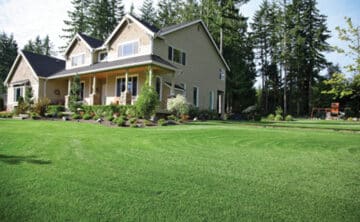
What are lawn weeds?
Simply put, weeds are plants growing where they’re not welcome. Historically, lawns were composed of a number of different plants, including grasses, chamomile, clovers, and mosses. The combination of these types of different plants maintained a beneficial level of biodiversity and made lawns easier to maintain using fewer resources. Many homeowners are adding back to the diversity of their lawns to support pollinator food sources!
If your goal is a weed-free lawn, it is important to understand that 100% weed-free turfgrass is difficult (if not impossible) to maintain. In a healthy, vigorous lawn, 90-95% turfgrass is a more reasonable and achievable goal. The small number of weeds left will not be very noticeable in your vibrant, healthy lawn.
Why do I have so many weeds in my yard?
Weeds can grow in tough conditions, such as soil compaction, high pH, lack of nutrients, over-watering, under-watering, and heavy shade. While weed-control treatments can reduce the number of weeds in these locations, they will dominate over turfgrass unless the underlying issues are addressed.
Some of the underlying causes and management of excess weeds include:
- A lack of adequate water. Prolonged drought kills turfgrass, making way for weeds. Plan for proper watering of both new and established lawns.
- Compacted soil does not allow for proper root growth of turf. Regular aeration (with or without overseeding) will resolve this.
- Heavy shade under trees. Growing grass in a high-shade area is problematic, and mulch may provide a better alternative. Additionally, grass competes with trees for nutrients, so mulch is better for your trees!
What's the culprit? ID common Minnesota weeds!
Are you struggling to figure out what type of weeds you have? The most common types of broadleaf weeds in Minnesota are:
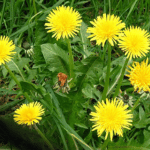
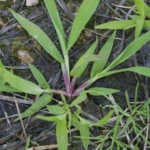
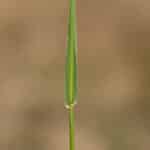
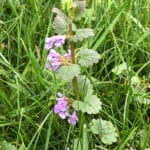
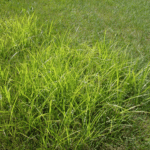
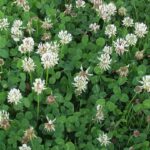
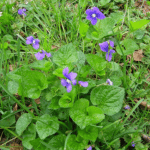
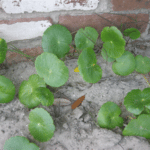
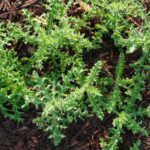
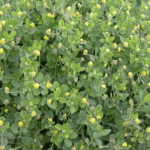
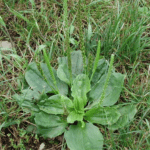
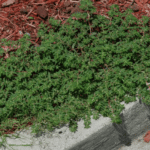
When is the best time for weed control in Minnesota?
The best time to control and treat broadleaf lawn weeds in Minnesota is when they are actively growing–usually between May and October. During the hot and dry summer months, grass may go dormant, and that is when weed problems become very obvious. However, care should be used if applying treatments in these conditions to avoid damaging or “burning” the turf. Crabgrass is commonly controlled with a pre-emergent in the spring, but can be controlled in the summer if necessary.
Tips for properly applying weed control products yourself
Weed control products can cause damage to desirable plants if they are not used correctly. You will achieve the best results when treatments are combined with other effective weed control strategies. Follow these guidelines when using treatments to control common lawn weeds:
- Read all labels to ensure proper application and safety precautions are followed.
- Use caution when applying products under trees and near landscape plants to avoid harming them.
- Consider using spot applications to target weeds directly, which can reduce the amount of product put into the environment.
- Avoid sensitive areas such as garden beds or play areas.
What else can I do to control weeds in Minnesota?
Good lawn care practices can provide additional control for weeds. A healthy lawn is tied to proper watering, mowing, and fertilizing. Conversely, poor watering and mowing practices can lead to disease, weed infestation, and a high-maintenance lawn.
Mowing tips for controlling weeds
- Always use a sharp blade. Dull blades tear grass, which makes it dry out faster and leaves it vulnerable to disease.
- Beware of mowing grass too short. Grass is at its best when mowed to a height between 3 and 4 inches.
- Do not remove more than 1/3rd of the grass at any mowing. Cutting grass too short can result in shallow roots, which means it will require more water and may be more likely to have disease and weed problems.
- Improper mowing can harm your grass, making it easier for weeds to take over. Check out more mowing tips for avoiding weed infestation.
Watering tips for controlling weeds
Water deeply and infrequently. Frequent, shallow watering leads to lazy grass with shallow roots. Less frequent, deeper watering leads to deeper roots and greater drought resistance. Visit our blog on Tips for Watering Your Lawn to learn more watering tips for a healthy, weed-resistant lawn.
Consider professional services for controlling weeds
In addition to proper mowing and watering, these professional services–performed on a regular basis by our lawn care experts-–help keep lawn weeds to a minimum and will maximize the percentage of turfgrass in your yard.
- Aeration to reduce soil compaction
- Seeding to fill in bare spots
- Lawn restoration to address areas predominantly covered in weeds
Prefer to have our lawn care experts manage your weeds for you? Contact us today for a free quote!
Other items you may be interested in:
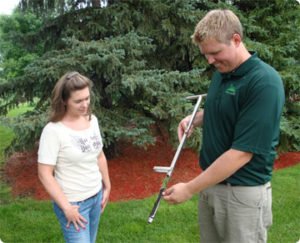
Lawn Restoration
If ongoing weed control, fertilization, and overseeding isn’t correcting issues, your lawn may benefit from restoration.
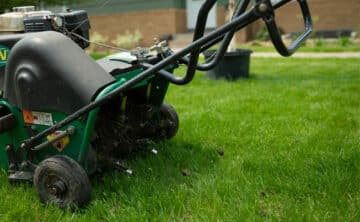
Lawn Aeration
If you notice thin, bare patches, your lawn can benefit from our lawn aeration service.
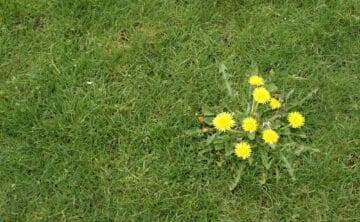
Weed Control
We apply weed control separately from fertilizer and only spray where needed.
